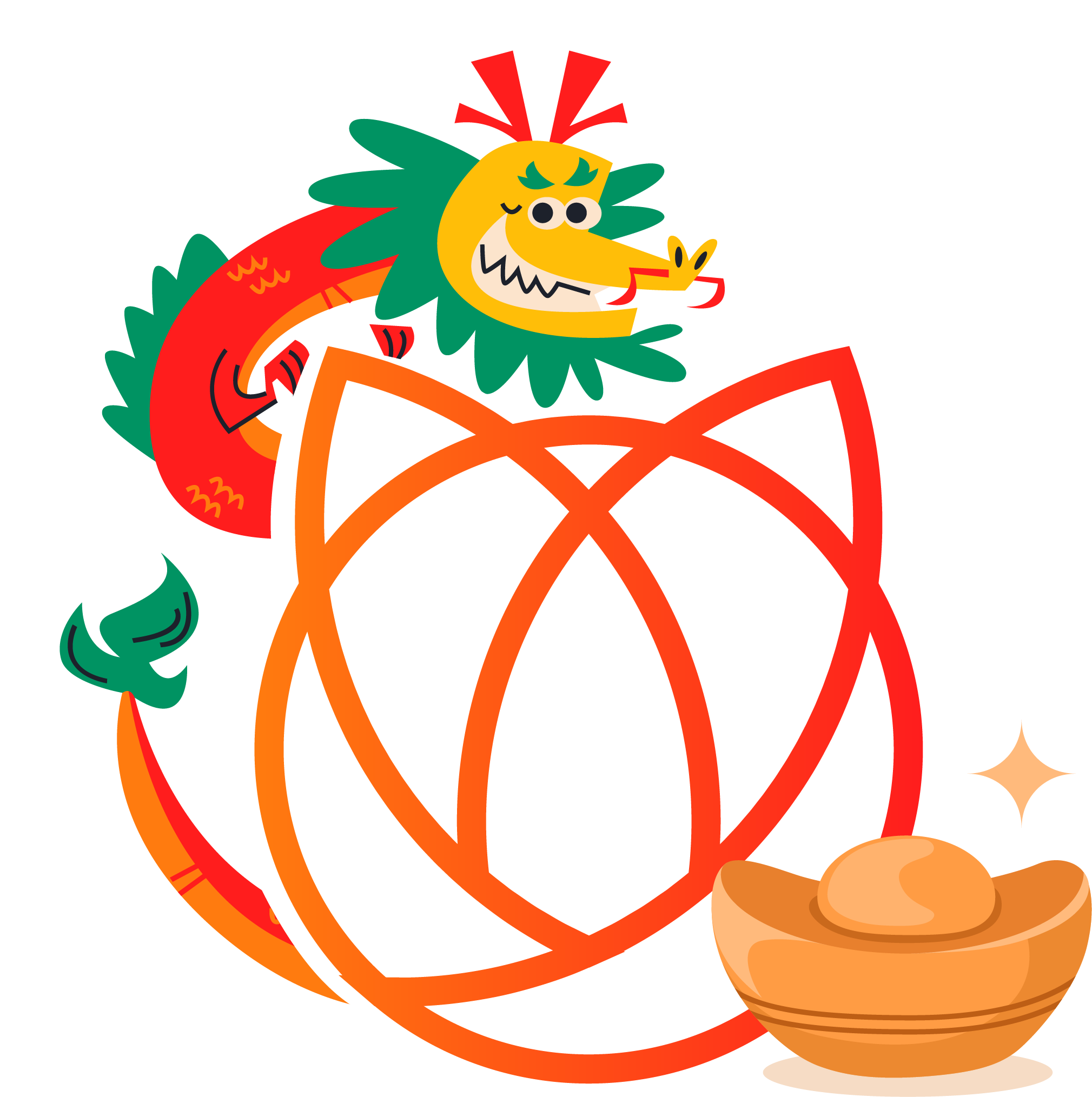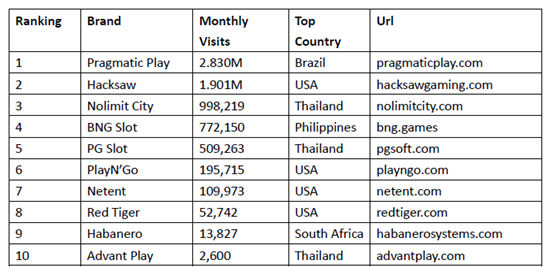Get ready to light up your holiday season with Dazzle Me™ Christmas, the enchanting new slot game from NetEnt that’s guaranteed to add sparkle to your festivities! This exciting game is a joyful remix of the original Dazzle Me™ slot, bringing in a fresh, seasonal spin packed with fun features and rewarding surprises. With festive symbols, exciting gameplay mechanics, and a chance to win big, Dazzle Me™ Christmas promises to be the perfect companion for your holiday gaming adventures.
A Sparkling Christmas Experience
Dazzle Me™ Christmas combines the classic charm of the original Dazzle Me™ slot with the magic of the holiday season. The game is filled with twinkling lights, festive symbols, and plenty of seasonal cheer, making it the perfect way to get into the spirit of Christmas while trying your luck for big wins.
The game’s interface features a 5×3 reel setup, which is filled with dazzling symbols, including festive gems and glistening presents, all set against a backdrop of snowy streets and colorful Christmas lights. The whimsical design will transport you to a winter wonderland where every spin could lead to exciting rewards.
Exciting Gameplay Features
One of the highlights of Dazzle Me™ Christmas is its array of special features designed to keep the festive fun going. Here’s a look at some of the exciting gameplay elements that make this slot game so enjoyable:
Wild Reels
The Wild Reels feature is one of the standout additions to this holiday edition. During gameplay, Wild Reels can randomly appear and cover up to five reels, giving you a higher chance to land big winning combinations. These Wild Reels can turn a good spin into a great one, making every moment of the game thrilling.
Free Spins with Expanding Reels
The Free Spins round is where the real magic happens in Dazzle Me™ Christmas. Not only will you be rewarded with Free Spins, but the reels also expand, giving you more ways to win. The expanding reels can lead to even more opportunities to score big, and with each spin, the holiday excitement builds.
Linked Reels
Another festive feature during the Free Spins round is the Linked Reels mechanic. During this bonus, adjacent reels can sync up, ensuring they display the same symbols. This feature boosts your chances of landing multiple matching symbols, which translates into bigger wins and added holiday joy!
The Elevate Feature
For an extra boost of festive cheer, Dazzle Me™ Christmas includes the Elevate feature. This allows you to pick from different options, each of which offers unique advantages to enhance your gameplay experience:
Scatter Hunt increases the likelihood of triggering Free Spins, giving you more chances for extra rewards.
Wild Reels with Multiplier guarantees Wild Reels during Free Spins, and these Wilds come with juicy multipliers to supercharge your winnings.
If you’re eager to dive straight into the action, you can even opt for guaranteed Free Spins! Choose the Enhanced Free Spins option for Scatters that come with multipliers, ensuring that your festive season is filled with even more excitement and bigger rewards.
How to Play Dazzle Me™ Christmas
The game is easy to pick up, making it ideal for both seasoned slot players and newcomers. Here’s how you can get started:
Set Your Bet – Start by adjusting your bet size. You can choose from a variety of denominations to suit your style of play.
Spin the Reels – Hit the spin button and watch as the reels begin to spin, bringing festive symbols into view.
Look for Special Features – Keep an eye out for Wild Reels, Free Spins, Linked Reels, and Scatters – all of which can lead to big rewards.
Celebrate the Wins – Enjoy the excitement as the special features come into play and rack up those holiday winnings!
Unwrap the Magic of Christmas with Dazzle Me™ Christmas
This holiday season, Dazzle Me™ Christmas offers all the glitz and glamour of a Christmas celebration wrapped into a thrilling slot game. Whether you’re looking for the excitement of Wild Reels, the thrill of Free Spins, or the joy of Linked Reels syncing up for big wins, this game has something for everyone.
So, spin the reels, deck the halls, and let Dazzle Me™ Christmas bring you joy and festive rewards. Will this holiday season be your lucky one? Only one way to find out—spin to win and let the Christmas magic begin!
Dazzle Me Christmas Symbols



